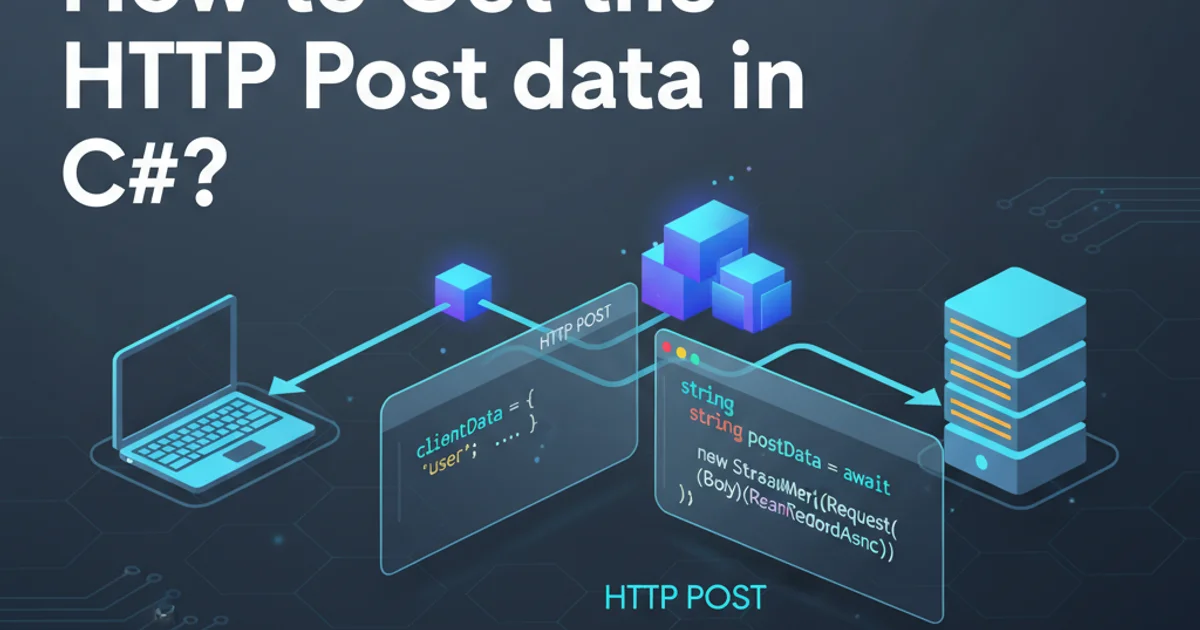Java The import com.google.common.io.Files cannot be resolved
Categories:
Resolving 'The import com.google.common.io.Files cannot be resolved' in Java

A comprehensive guide to fixing the common 'com.google.common.io.Files cannot be resolved' error in Java projects, especially within Eclipse, Android, and Google App Engine environments.
Encountering 'The import com.google.common.io.Files cannot be resolved' is a common issue for Java developers, particularly when working with projects that rely on Google's Guava library. This error indicates that your project's build path is missing the necessary Guava JAR file, which contains the com.google.common.io.Files class. This article will guide you through diagnosing and resolving this problem across different development environments.
Understanding the Root Cause: Missing Dependencies
The com.google.common.io.Files class is part of the Google Guava library, a core Java library from Google that provides utility methods for collections, caching, primitives support, concurrency, common annotations, string processing, I/O, and more. When your IDE (like Eclipse) or build system reports that this import cannot be resolved, it means that the Guava library is not correctly included in your project's classpath. This can happen for several reasons:
- Guava JAR is not downloaded: The library file itself is missing from your system.
- Guava JAR is not added to the project's build path: The JAR is present but the project doesn't know where to find it.
- Incorrect version: An incompatible version of Guava is being used, or a dependency conflict exists.
- Build tool misconfiguration: If using Maven or Gradle, the dependency might be incorrectly declared or not resolved properly.
flowchart TD
A[Java Project] --> B{Import com.google.common.io.Files};
B --> C{Guava Library Present?};
C -- No --> D[Error: Cannot Resolve Symbol];
C -- Yes --> E{Guava Library in Classpath?};
E -- No --> D;
E -- Yes --> F[Compilation Successful];
D --> G[Add Guava Dependency];Flowchart illustrating the dependency resolution process for Guava
Resolution Strategies for Different Environments
The method for adding the Guava library varies depending on your development environment and build tools. Below are common approaches for Eclipse, Android Studio (Gradle), and Google App Engine.
1. Resolving in Eclipse (Manual or Maven/Gradle Projects)
For Eclipse projects, you typically need to add the Guava JAR to your project's build path. If you're using Maven or Gradle within Eclipse, the process is slightly different.
1. Download Guava JAR
Visit the official Guava GitHub releases page or Maven Central to download the latest stable Guava JAR (e.g., guava-32.1.3-jre.jar). Choose the -jre version for general Java projects or -android for Android-specific projects if not using Gradle.
2. Add JAR to Project (Non-Maven/Gradle)
In Eclipse, right-click on your project -> Properties -> Java Build Path -> Libraries tab -> Add External JARs.... Navigate to where you saved the Guava JAR and select it. Click Apply and Close.
3. Update Maven/Gradle Dependencies (If Applicable)
If your Eclipse project is a Maven or Gradle project, you should add the dependency to your pom.xml or build.gradle file instead of manually adding the JAR. After adding, right-click the project -> Maven -> Update Project... or Gradle -> Refresh Gradle Project.
Maven (pom.xml)
Gradle (build.gradle)
dependencies { implementation 'com.google.guava:guava:32.1.3-jre' }
2. Resolving in Android Studio (Gradle Projects)
Android projects almost exclusively use Gradle for dependency management. The fix involves adding the Guava dependency to your build.gradle (Module: app) file.
// build.gradle (Module: app)
dependencies {
// ... other dependencies
implementation 'com.google.guava:guava:32.1.3-android'
// Or for older Android projects that might need the JRE version:
// implementation 'com.google.guava:guava:32.1.3-jre'
}
Adding Guava dependency to Android project's build.gradle
After adding the dependency, sync your project with Gradle files (usually a 'Sync Now' button appears in the IDE, or you can go to File -> Sync Project with Gradle Files). For Android development, it's generally recommended to use the -android variant of Guava if available, as it's optimized for the Android platform. However, the -jre version often works as well.
3. Resolving in Google App Engine (Standard Environment)
For Google App Engine standard environment projects, especially older ones, you might need to explicitly include the Guava JAR in your WEB-INF/lib directory or declare it in your appengine-web.xml if using a specific version provided by App Engine.
1. Download Guava JAR
Download the appropriate Guava JAR (e.g., guava-32.1.3-jre.jar) from Maven Central or the official releases page.
2. Place JAR in WEB-INF/lib
Copy the downloaded Guava JAR file into your project's war/WEB-INF/lib directory (or src/main/webapp/WEB-INF/lib for Maven/Gradle projects). This ensures the App Engine runtime can find the library.
3. Verify appengine-web.xml (Optional)
For some older App Engine configurations, you might need to ensure that the library is not excluded or that a specific version is declared. However, placing the JAR in WEB-INF/lib is usually sufficient for direct inclusion.
General Troubleshooting Tips
If the above steps don't immediately resolve the issue, consider these general troubleshooting tips:
- Clean and Rebuild: Perform a clean build of your project. In Eclipse:
Project->Clean.... In Android Studio:Build->Clean ProjectthenBuild->Rebuild Project. - IDE Restart: Sometimes, the IDE's internal caches need to be refreshed. Restarting Eclipse or Android Studio can help.
- Check for Conflicts: If you have multiple dependencies, there might be a version conflict. Tools like Maven's
dependency:treeor Gradle'sdependenciestask can help identify these. - Verify JAR Integrity: Ensure the downloaded JAR file is not corrupted. You can try re-downloading it.
- Correct Import Statement: Double-check that your Java file actually uses
import com.google.common.io.Files;and not a typo.